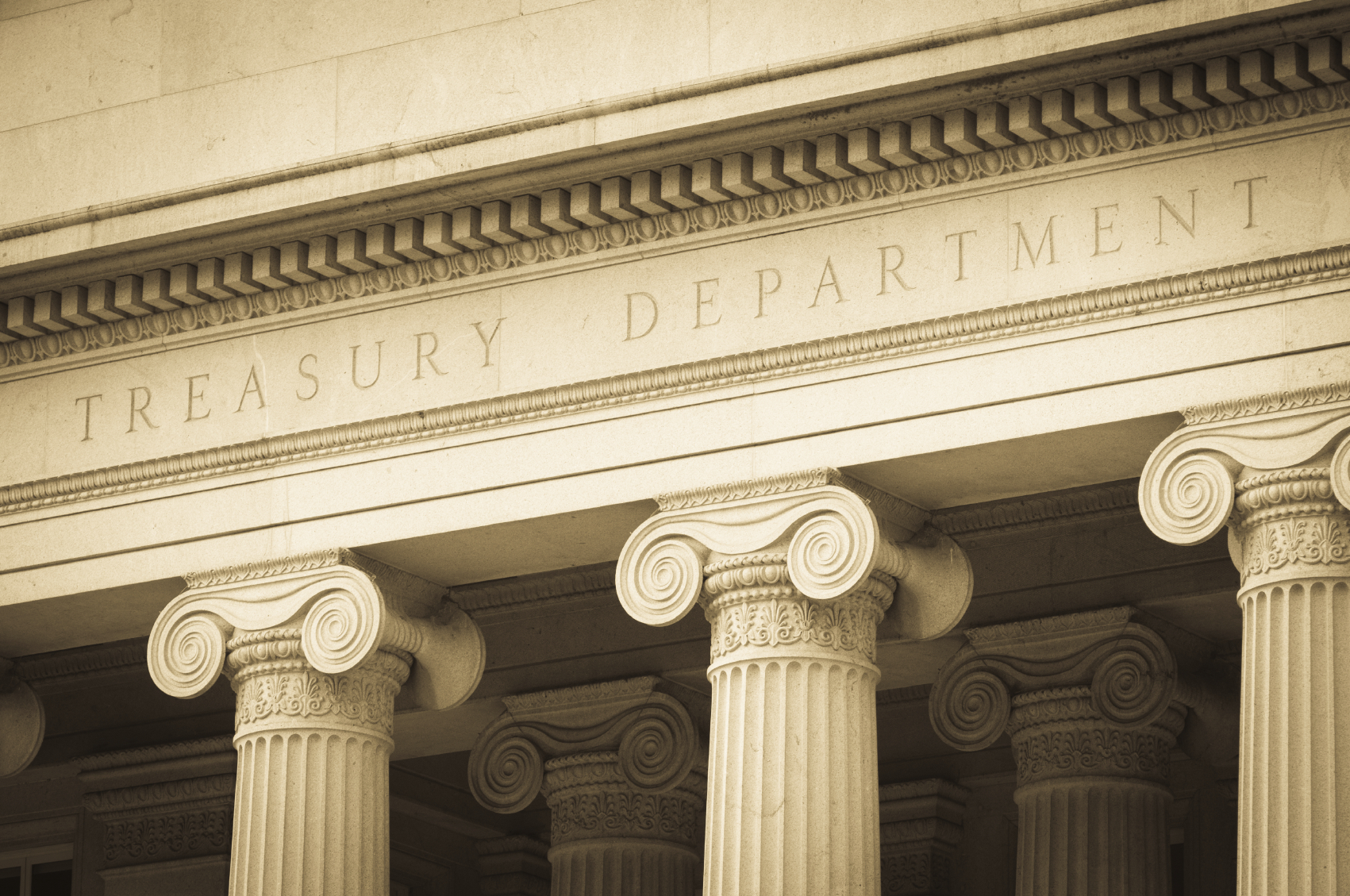AARP Hearing Center
‘Boring’ High-Quality Bonds and Why You Need Them
By Allan Roth, October 30, 2014 03:37 PM
Between mid-September and mid-October, the S&P 500 average sank nearly 150 points, or about 7.4 percent. Many investment pundits now suggest stocks are quite risky and the next great Bear Market could be coming. Suddenly bonds, previously shunned by many investment advisers, are looking more appealing.

To better understand how high-quality bonds and bond funds act as a portfolio’s shock absorber during market volatility, let’s go back to the very painful period that ended on March 9, 2009. The stock market had plunged well over 50 percent in 17 months by that point and fear ruled. That’s where boring, high-quality bond funds saved the day. Bond funds that track what’s now called the Barclays Aggregate Bond Fund index, such as the iShares Core U.S. Aggregate Bond Fund ETF (AGG) or the Vanguard Total Bond Fund ETF (BND), gained more than 6 percent. Roughly two-thirds of the underlying bonds in these funds are backed by the U.S. government or an agency of the U.S. government, while the other third is in high-quality, investment-grade corporate bonds.
>> 10 Frugal Habits of the Rich and Famous
Unfortunately, too many consumers were invested in lower-quality bond funds that failed the shock-absorber test. The average bond fund lost about 8 percent in 2008, according to Chicago-based Morningstar. Many so-called safe bond funds were actually invested in low-quality junk. These included funds like the Oppenheimer Core Bond Fund (OPBCX), which lost over 36 percent. The Schwab Yield Plus bond fund, marketed as a safe alternative to a money market fund, did even worse, resulting in a lawsuit settlement.
Fast forward to today, when no one knows whether the recent stock market volatility is a tiny blip in the great Bull Market or the beginning of the next plunge. But those investors who keep a balanced portfolio that includes high-quality bonds will not be repeating the mistake made during the last stock plunge. This is a much better strategy than trying to eke out another 0.50 percent annual return.
Three things to keep in mind when buying these high-quality bond funds (or boring funds, as I like to call them):
1. Stocks are riskier in a day than bonds are in a year. The bond funds mentioned earlier had a bad year in 2013 and lost about 2 percent. It’s not uncommon for stocks to lose 2 percent in a single day.
2. Economists have no clue when interest rates will rise. The consensus for 2014 was a definite rate increase that would result in bonds declining (bond prices fall when interest rates rise). The track record of economists being wrong continues, as rates actually declined and these bond funds are having a great year.
3. The possibility of rising rates, known as interest rate risk, is only short term, and ultimately results in higher yields for bond funds. Credit (or default) risk, on the other hand, is something investors never recover from.
So, my advice is to keep a constant allocation to high-quality bond funds or certificates of deposits (CDs) backed by the government via the FDIC or NCUA. Take your risks with stocks, and your boring bonds will eventually be a brilliant strategy.
Photo: Essentials Collection/iStock
Also of Interest
- 8 Year-End Tax Moves You Should Make Now
- What's the Maximum Social Security Benefit?
- Get Involved: Learn How You Can Give Back
- Join AARP: savings, resources and news for your well-being
See the AARP home page for deals, savings tips, trivia and more.































































